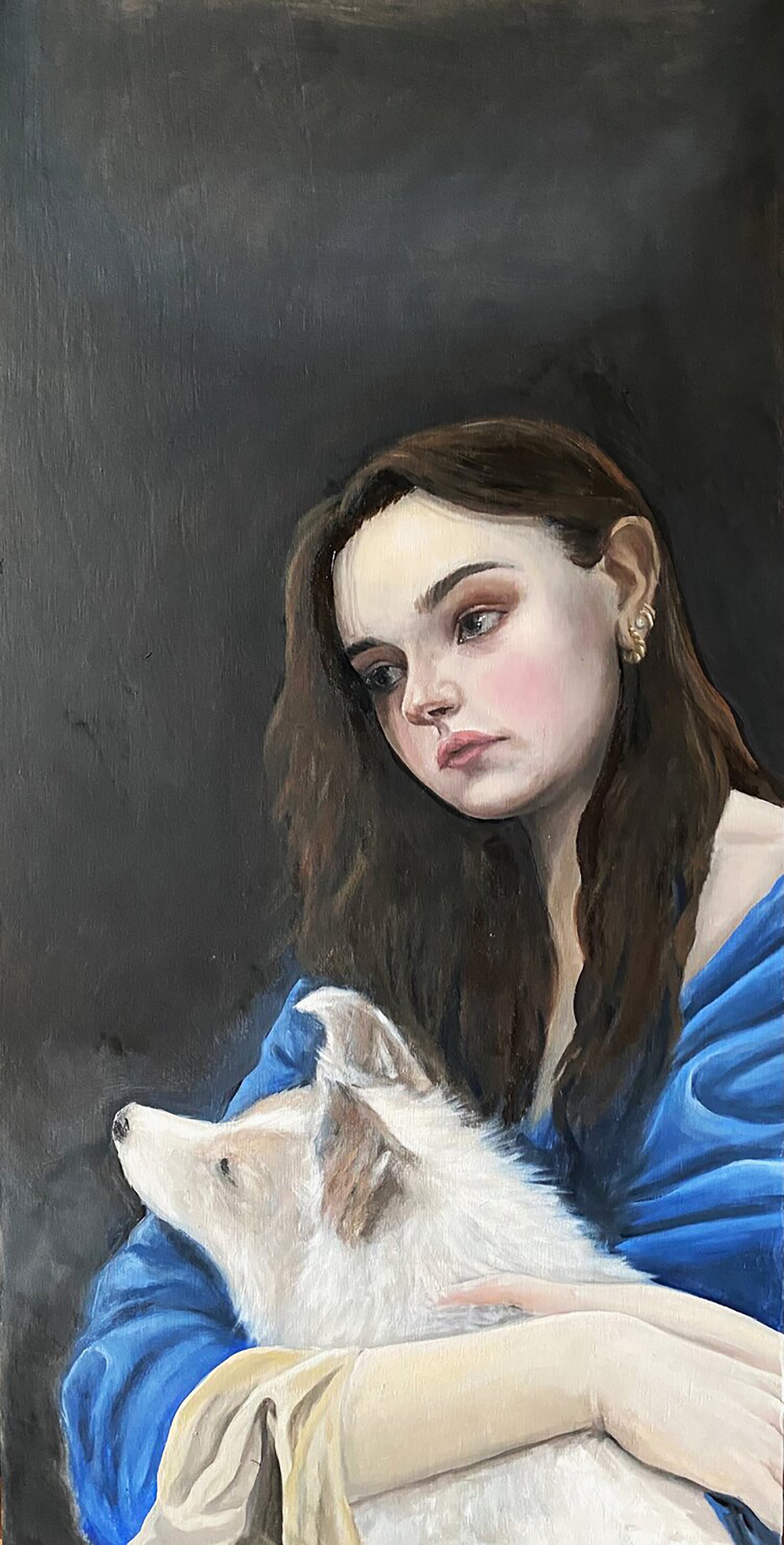Freyja Golbach
Photography by Evelyn Ivy
 + Enlarge
+ Enlarge
 + Enlarge
+ Enlarge
Statement
In today’s age as we live in the time of immediate gratification, forcing myself to slow down when I create my own art has recently been gratifying. Examining the concept of object permanence specifically within fashion is what pushed me to look back in time for inspiration regarding how I want to create work. By referencing periods within history where the luxury of time existed and pieces created were meant to be enjoyed for years, I weave the much-required structure and discipline of historical methods of creation into my own art.
Examining fashion specifically, I find comfort in the slower, meditative process of creating historical garments. In a way, it’s a selfish trick to force myself to enjoy the actual steps that must be taken to finalize a piece. Knowing that dozens of hours went into hand-sewing a corset or hand-painting silk makes the pieces so much more precious to me. The world of fast fashion has completely changed how we see clothing and by taking the time to carefully work within the constraints of historical accuracy, my paintings and garments take on new meaning. They become more than decoration or something to wear, but pieces of art that demand the consideration of every aspect of the project.
Fascinated by the aesthetic of decadence from centuries ago, I use the same methods of craft as Medieval and Renaissance arts. By hand sewing an intricate corset, carefully glazing an oil portrait, and using the limited palette of medieval manuscripts and tapestries, I enjoy the time it takes to make work, even though all my efforts aren’t immediately noticeable. An embroidered pocket that is hidden under layers of petticoats wouldn’t even be seen by others when worn daily, but it’s still a work of art all the same. Life moves too fast today for this kind of work to take priority on a grand scale; especially in terms of making clothing. By considering each step as its own art form, I examine the abstract concept of how we value time when it comes to creating something that may not normally be seen as art.







